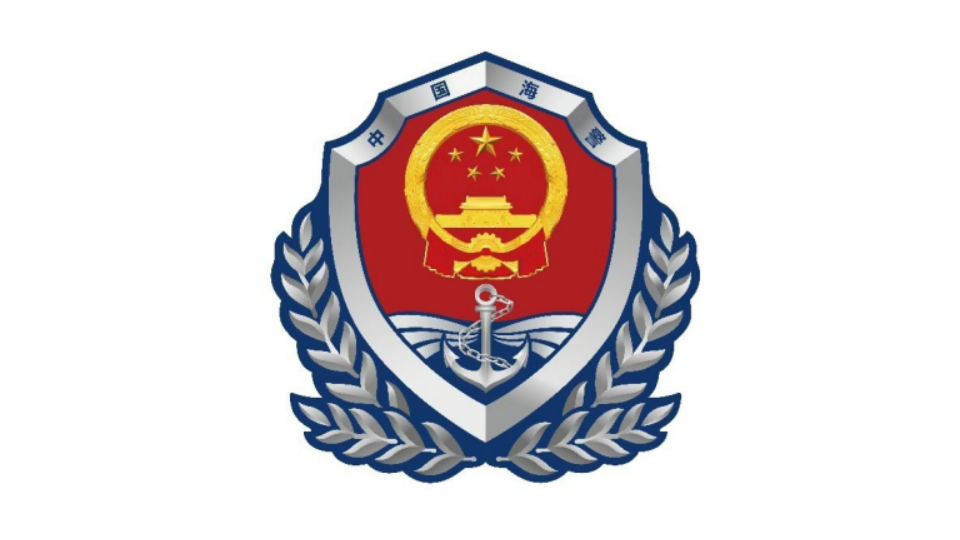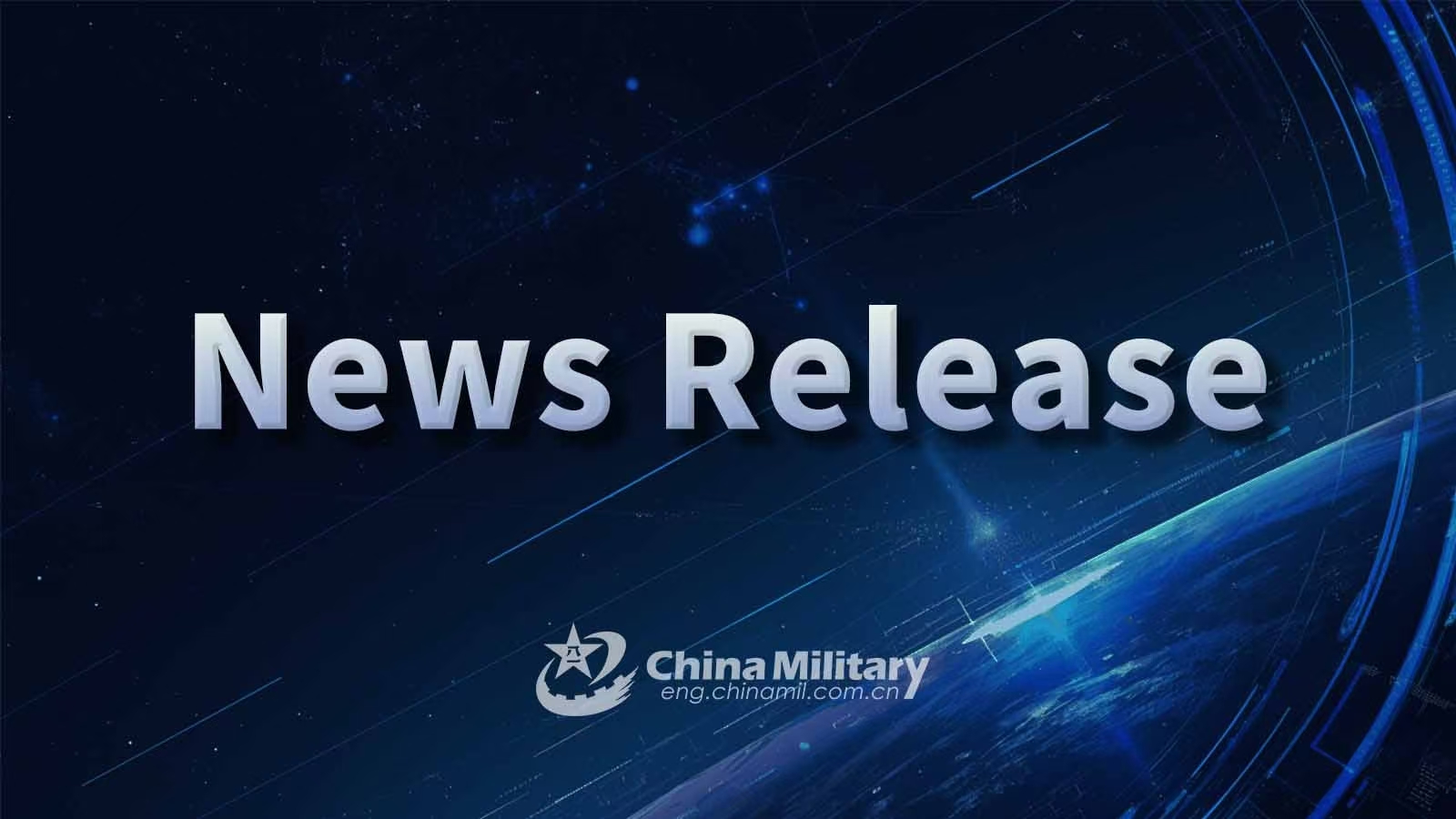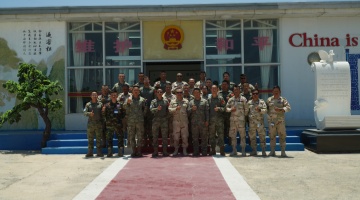By Ding Duo
Philippine diplomats recently stated during the 46th ASEAN Summit that the Philippines is willing to explore any additional agreements with Beijing that can help maintain peace in the South China Sea. Meanwhile, bilateral and multilateral US-Philippines military exercises continue, with signs of escalation this year. It is no secret that the US seeks to stir up trouble in the South China Sea. Encouraged by Washington, the Philippines has repeatedly taken small but provocative actions aimed at containing China by leaning on the US. Such moves starkly contradict its professed commitment to regional peace.
Recently, the provocations of the Philippines at Tiexian Jiao of China's Nansha Qundao were met with a strong countermeasure from the Chinese side. The US Ambassador to the Philippines posted on social media to deliberately misrepresent the China Coast Guard's lawful rights-protection operation as a threat to regional peace and stability. At present, the situation in the South China Sea remains generally stable. However, the US continues to make moves at sea, in diplomacy, and in the domain of public perception. It is abundantly clear who is truly threatening regional peace and stability.
At sea, the US and Philippine coast guards, together with naval and air forces, held their first public joint maritime exercise in the South China Sea. On the diplomatic front, the US representative openly declared at the UN that it stands with the Philippines in condemning "China's dangerous and unlawful actions in the South China Sea." In the domain of public perception, the US Embassy in Singapore posted a video on social media drawing an analogy between Singapore's HDB corridors and China's claims in the South China Sea, which prompted a response and concern from Singapore's Ministry of Foreign Affairs. These moves suggest that although the South China Sea issue is relatively low on the current US administration's agenda and its policies largely reflect continuity from the past, the US is unlikely to fundamentally shift its strategy of using maritime issues around China to contain China.
In the mid-1990s, the US issued a policy statement on the South China Sea that, for the first time, linked "freedom of navigation" with territorial and maritime disputes surrounding China. It also intensified close-in reconnaissance and other military activities in waters near China, sparking disputes between the two countries over the legality of military activities within exclusive economic zones. Under the pretext of "freedom of navigation," the US has sought to portray nearly all of China's claims and efforts to safeguard its rights in the South China Sea as threats to that very freedom.
For some time, the notion of establishing a "rules-based international order" has been repeatedly raised in discussions concerning maritime issues around China. This narrative is clearly aimed at China, with the underlying intention of restricting its activities in nearby waters. It is precisely against this backdrop that the South China Sea issue has been increasingly drawn into the narrative of geopolitical confrontation by the US.
For years, the US has been keen on stirring up tensions in the South China Sea in an attempt to undermine and contain China's regional influence. Its own military activities in the area, such as frequent warship patrols and joint exercises, not only serve as a continuous projection of US presence but also constitute an external factor undermining regional peace and stability. In the past period, the Philippines has repeatedly conducted illegal intrusions onto Tiexian Jiao of China's Nansha Qundao, seriously infringing upon China's sovereignty. The law enforcement measures taken by the China Coast Guard are entirely lawful and necessary responses. The US has been stoking tensions and opportunistically fabricating groundless accusations against China. It is an act of confounding right with wrong that only lays bare its true intention of stirring up regional instability.
Following the conclusion of the Philippine midterm elections, certain forces in both the US and the Philippines have begun to stir, seeking to provoke new tensions at sea. Of course, past experience has made it abundantly clear that such maneuvers will have no effect on China whatsoever. China will take tailored measures in the South China Sea as necessary to uphold its sovereignty, security, and development interests. Ultimately, the US and the Philippines will have to go through a process of recognition and reflection. If the Philippines truly wishes to maintain peace in the South China Sea, words must be matched with deeds. Only through genuine action can regional peace and stability be achieved.
(The author is the director of the Center for Area Studies at the National Institute for South China Sea Studies.)
Editor's Note: Originally published on huanqiu.com, this article is translated from Chinese into English and edited by the China Military Online. The information and opinions in this article do not necessarily reflect the views of eng.chinamil.com.cn.













